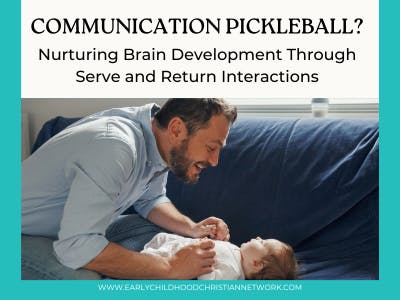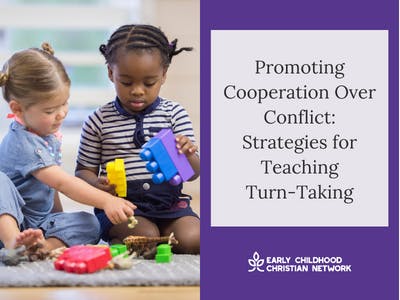Exploring the Power of Color in Your Classroom
|
Hey Reader! I recently listened to this short (less than 8 minute) episode of The Everything ECE podcast on the effects of color in your classroom (and this one on the effects of lighting). It sent me down a whole rabbit hole of exploring how color affects our behavior and the behavior and learning of children in our classrooms. Just like y’all – I love a fun theme in my classroom with colorful posters and borders and signs. We often think of our classroom as a reflection of who we are as teachers – we want our personalities to shine right? But what if we thought of our space as a partner – another teacher in the room, if you will? I know most of you have no control over the color of the furniture or the walls in your classroom. However, you DO have control of a lot of what you put on those walls and how you store materials and which materials you offer the children. (Also both of the short podcast episodes I linked above include EASY ideas for adapting a less-than-ideal classroom space!) The Psychology of Color Color affects our emotions and energy levels—even before we can describe or name the colors we see. In young children, who are still learning how to regulate their bodies and emotions, color can have a direct influence on mood, focus, and behavior. Here’s a look at some common colors and their effects in early childhood settings:
Choosing Color With IntentionThe goal isn’t to strip your classroom of color—it’s to use it intentionally. A room full of bold, bright colors might feel fun at first glance, but to a young child, it can be overwhelming. Next time you walk into your classroom, take a moment to feel the colors around you. Where do your eyes land when you stand in the doorway? What about when you sit on your circle-time rug or when you’re eating lunch or playing in any of your centers? I may step on your toes a little with some of my suggestions below. Here are a few easy adjustments:
So often, we think we’re creating a “fun” environment, and we’re actually hindering children’s ability to grow and develop because they are trying so hard to manage their sensory overload! I’m sure some of you are a little stressed. Don’t do all of this. Just take some time to observe behaviors, mood, and attention in each of the areas of your classroom. What is ONE thing you could adjust to create a better environment today? Are you willing to try that? MORE RESOURCES (proof that I’m not just making stuff up! LOL!): HERE is a link to a small research study where children completed tasks on a non-colorful background vs a colorful background. The study concluded that children had better focus and attention when working on a non-colorful background. (Think about the rugs and tabletops in your classroom.) HERE is another short article on the power of colors in early childhood and how they affect cognitive development. HERE is a handout about the effects of color in early learning environments.
Cheering you on this week! -Your ECCN team
Fall Regional Conferences Confirmed!Mark your calendars! Details coming SOON!(registration opens June 1 for Fall conferences.) East Texas (Tyler) – September 6, 2025 West Texas (Lubbock) – October 18, 2025 Bryan/College Station – November 8, 2025
Colossians 3:16 “Let the message of Christ dwell among you richly as you teach and admonish one another with all wisdom through psalms, hymns, and songs from the Spirit, singing to God with gratitude in your hearts.” |





